How to weigh carbohydrates without a balance?
How to weigh pasta, bread, potatoes or rice , or even sweets, without a scale, in order to maintain the daily quota of carbohydrates? A lot of people lack what is called an eye estimate of alimony, ending up exaggerating with foods, such as those based on carbohydrates, which if you want to lose weight or even stay fit must undoubtedly be controlled (but not eliminated, never eliminated). Others find the weight loss diet boring precisely because a diet plan often forces us to weigh everything. And finally, having a “domestic” but effective parameter can be a help to regulate yourself: many people write to me asking me how many grams of pasta, bread or rice to eat, or how to regulate yourself with sweets (especially on Sundays). For this reason, I found the articles of a very good nutritionist that I have been following for a while very interesting. Her name is Carla Frongia, she has a very detailed site full of useful ideas for those who want to eat well, namely the nutritionist Carla Frongia, and a homonymous fb page that you can find by clicking here.
Well, in some articles , Dr. Frongia explains how to weigh carbohydrates without balance , from pasta to dessert.
A weight by eye, but “personalized” on you, since to measure food all you need is your hand and some other small instrument. Let’s see how it’s done.
HOW TO WEIGH CARBOHYDRATES WITHOUT SCALE according to nutritionist Carla Frongia
First of all, the fundamental rule for learning to weigh foods without a scale is to subject them to a first weighing with a scale and then use your hand or other as a reference for subsequent measurements.
1) Spaghetti: taking 100 gr. of raw spaghetti between thumb and forefinger, we can understand how much a portion is visually, simply by noting the position of the two fingers when closing. Otherwise, we use a bottle cap and insert the tips of our spaghetti “bunch”. We will discover that about 100 gr. they fill the cap perfectly, roughly all of them fit. From there, it’s easier to reduce to even 80 grams per eye.
2) Potatoes: about 320 grams of potatoes correspond to a portion of spaghetti or rice, and should therefore be eaten as an alternative, especially if we want to support ourselves. 320 grams of potatoes can correspond to two medium-large or three medium-sized potatoes, as the doctor explains here . You can calculate them with the fist of your hand or with an open palm and from there make the eye.
3) Rice : a closed fist can be useful to calculate our ideal portion of rice, raw, which will vary from 80 to 100 grams. about. You can always first weigh the food on the scale and then use your fist to figure out how to adjust the quantity by eye (eg: my closed fist corresponds to about 80 grams).
4) The bread:bread is really easy. If we use it to accompany a protein dish, we calculate a slice as wide as our palm if the bread is sliced, while a medium 60 gr rosette. it will correspond to our open palm, and a loaf of about 50 gr with a closed fist.
5) Cake: I love this trick! If we are on a diet but do not want to give up the dessert, the right slice not to overdo it corresponds to the angle we get by placing the thumb adjacent to the base of the cake and considering the ideal triangle that the thumb forms with the index finger. The photo here is of the doctor and explains very well how to do it.

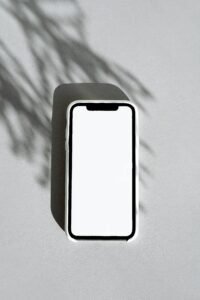











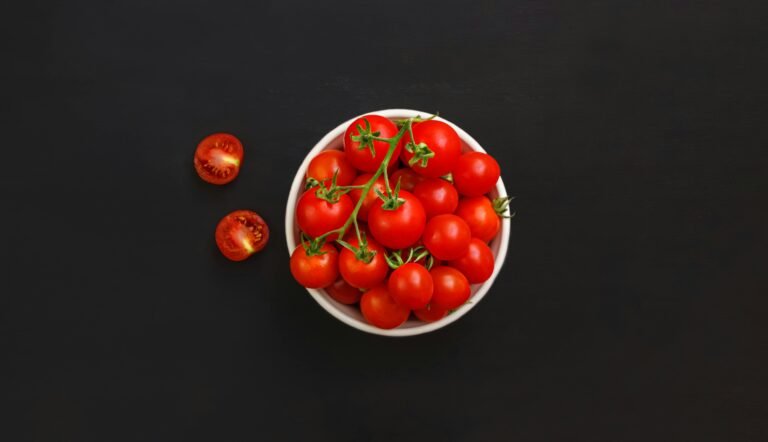
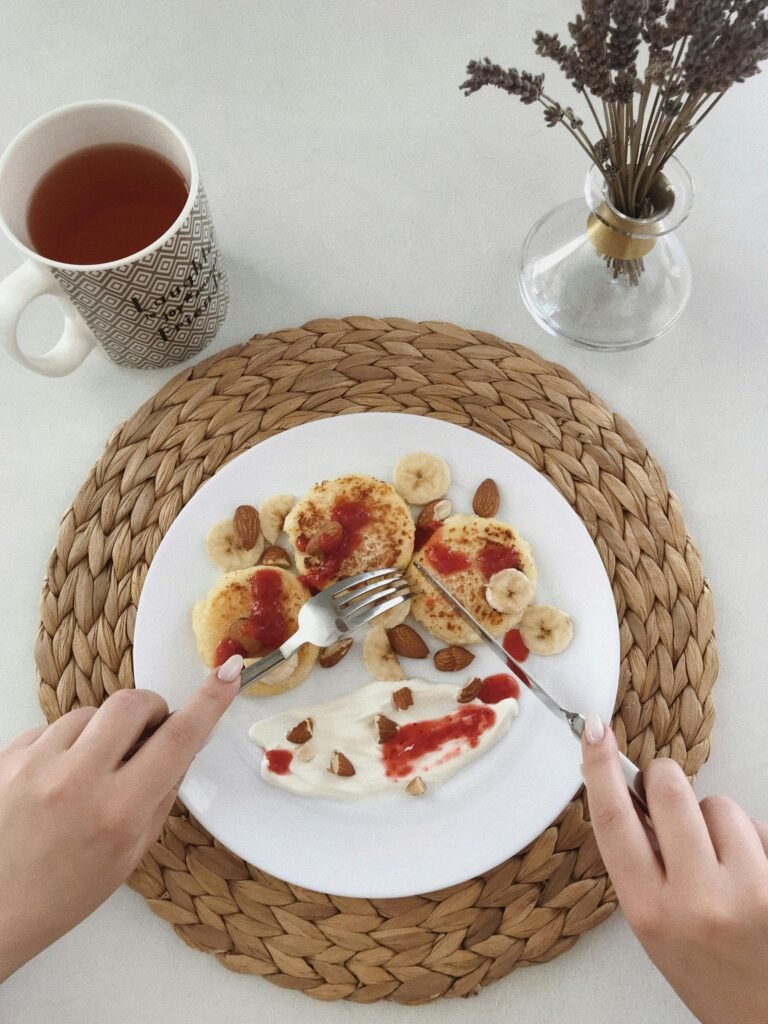
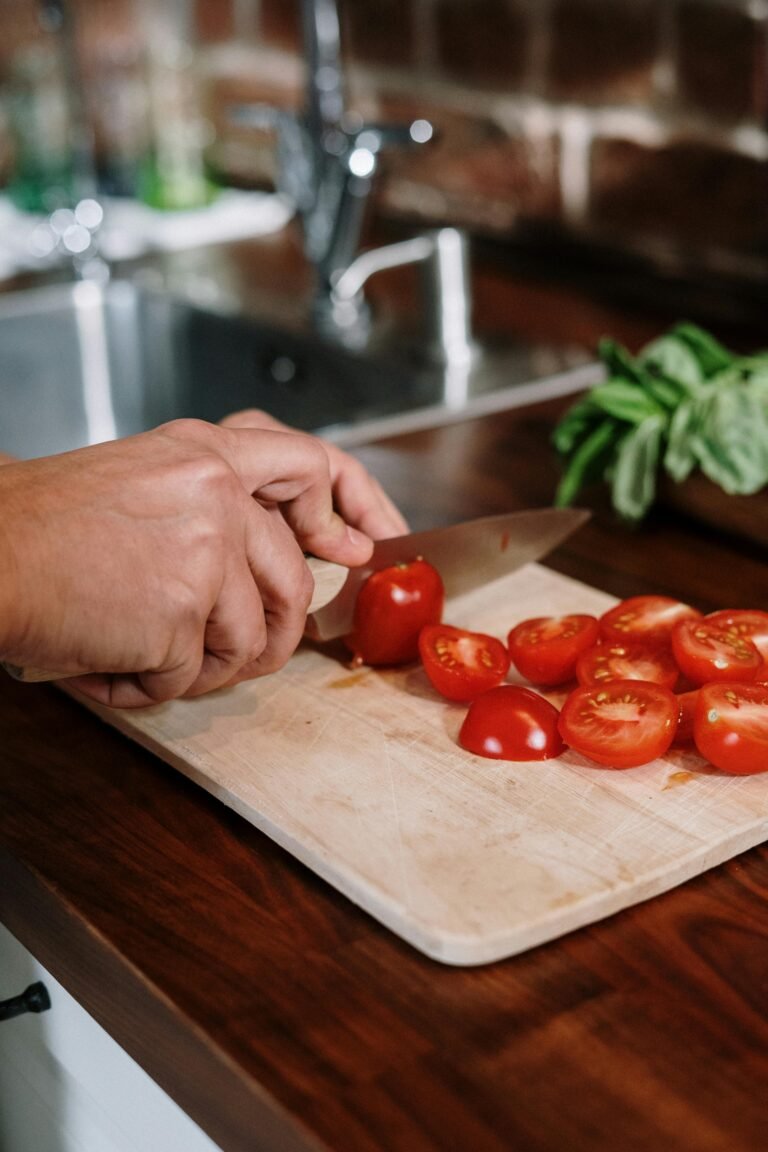
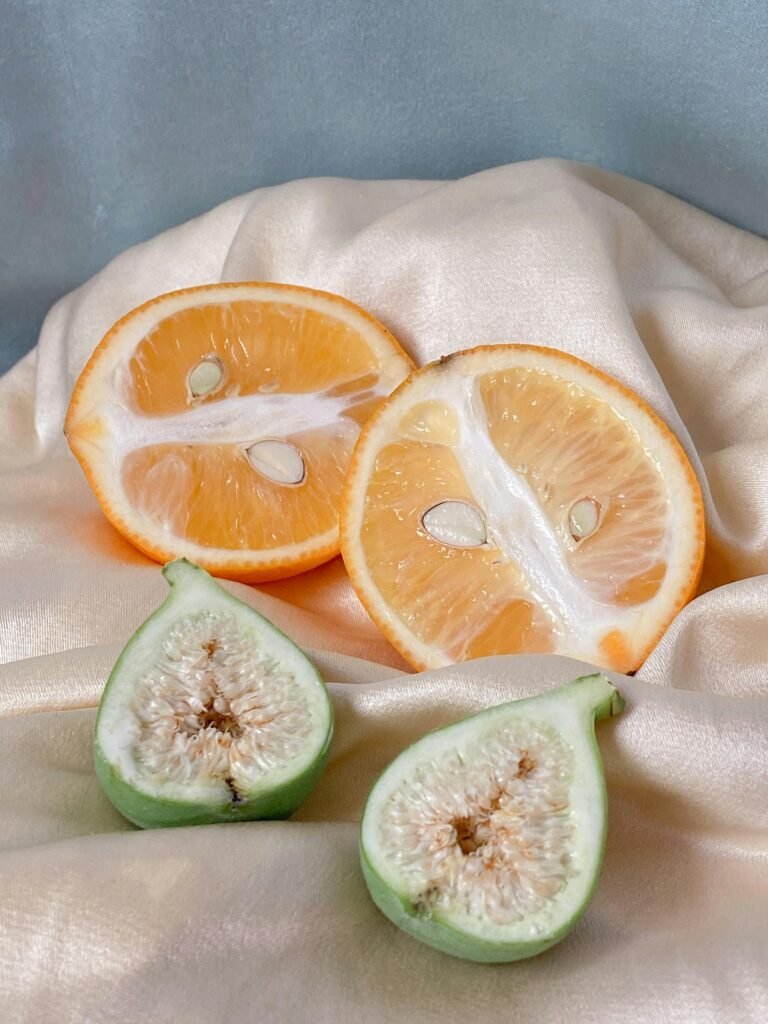
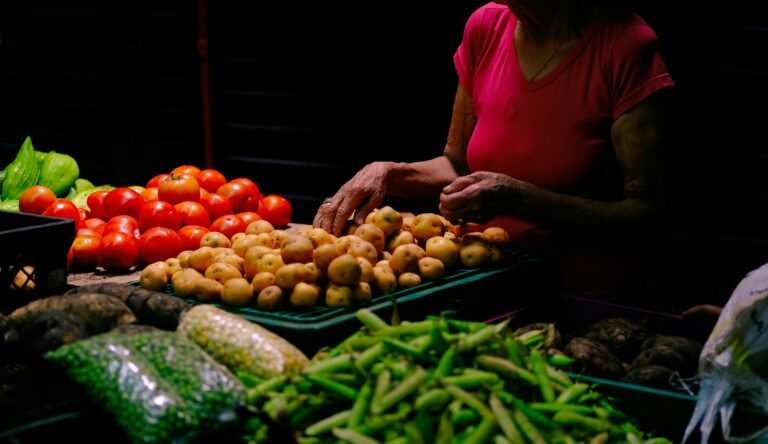





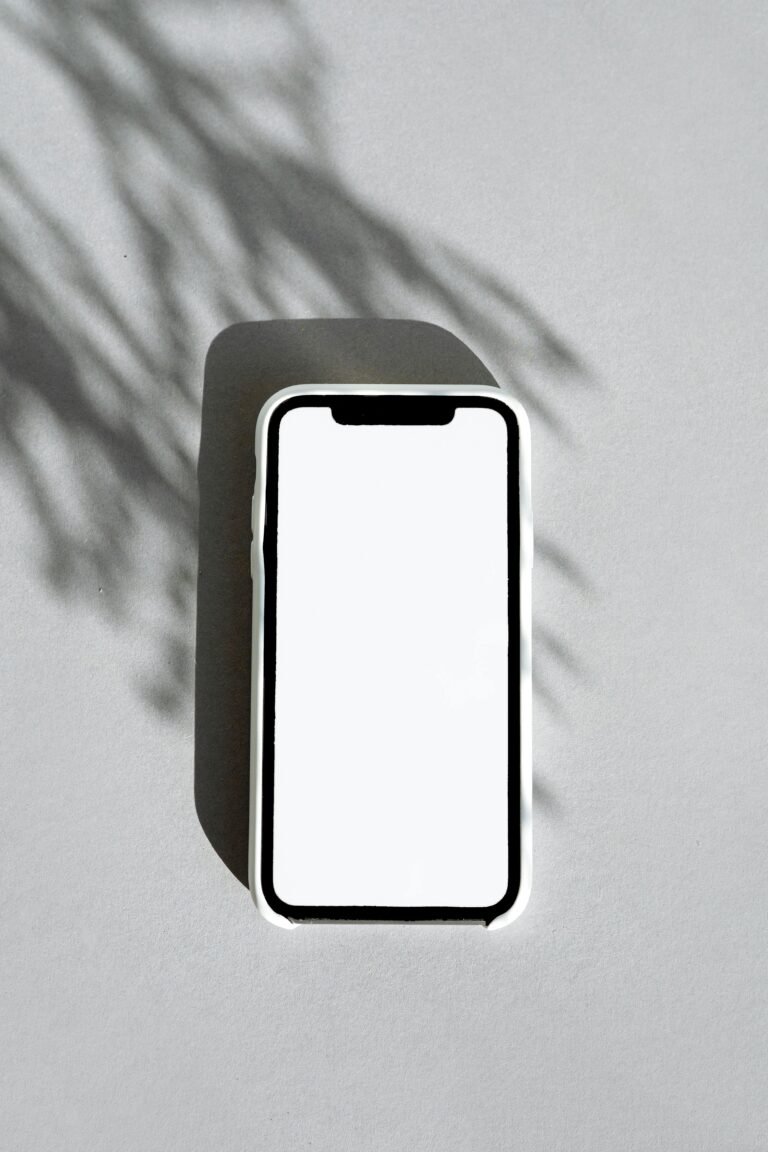
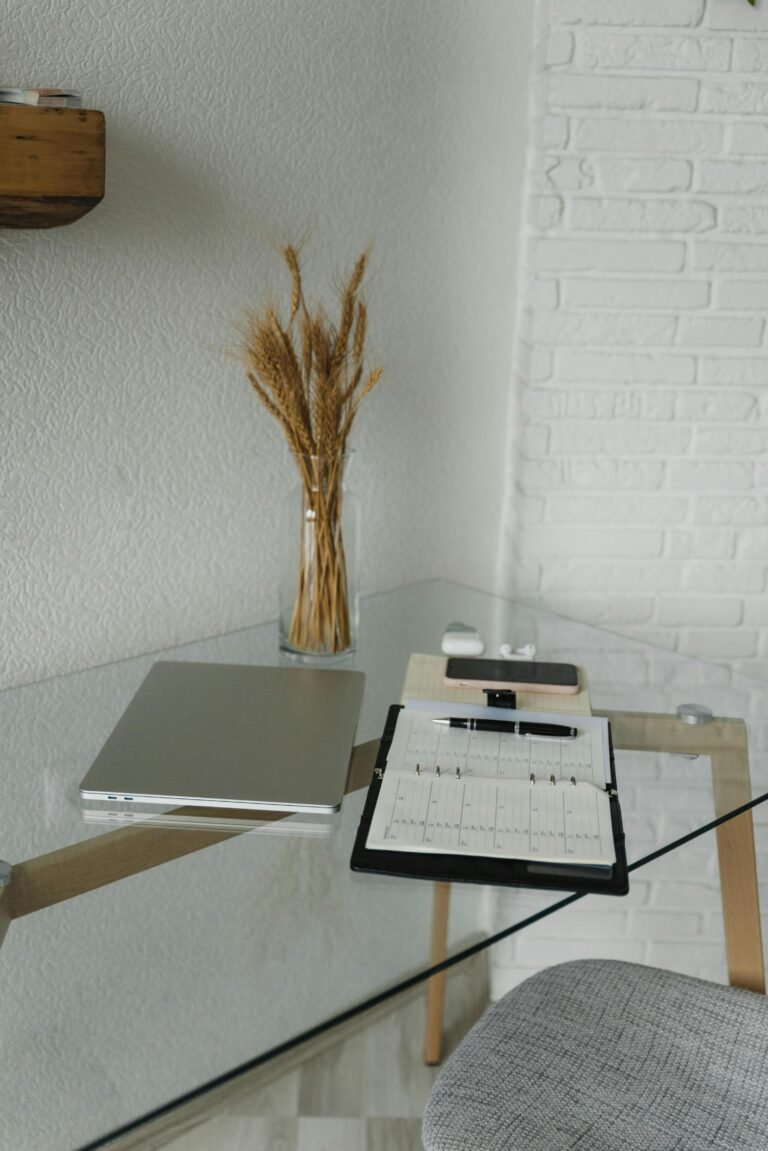
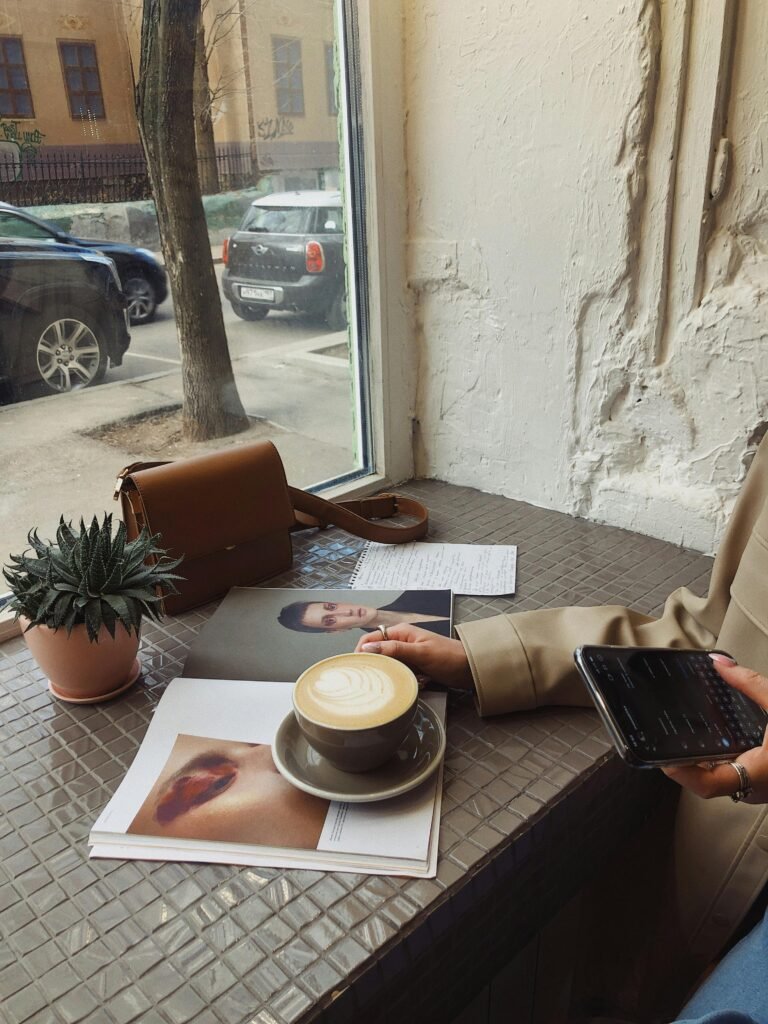
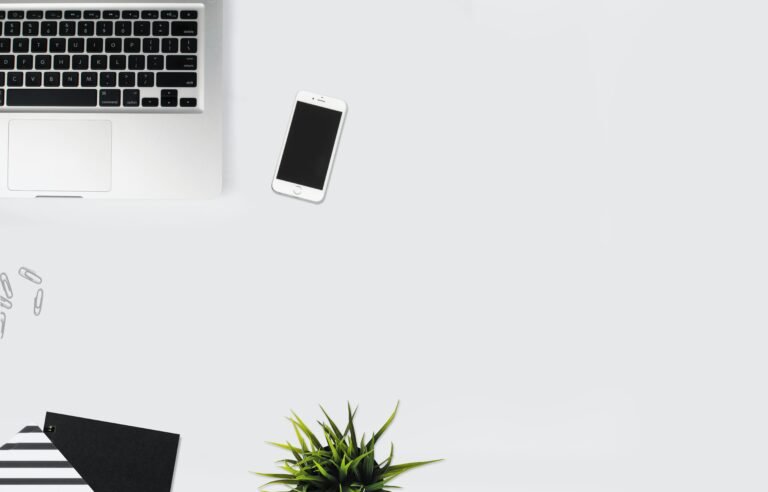
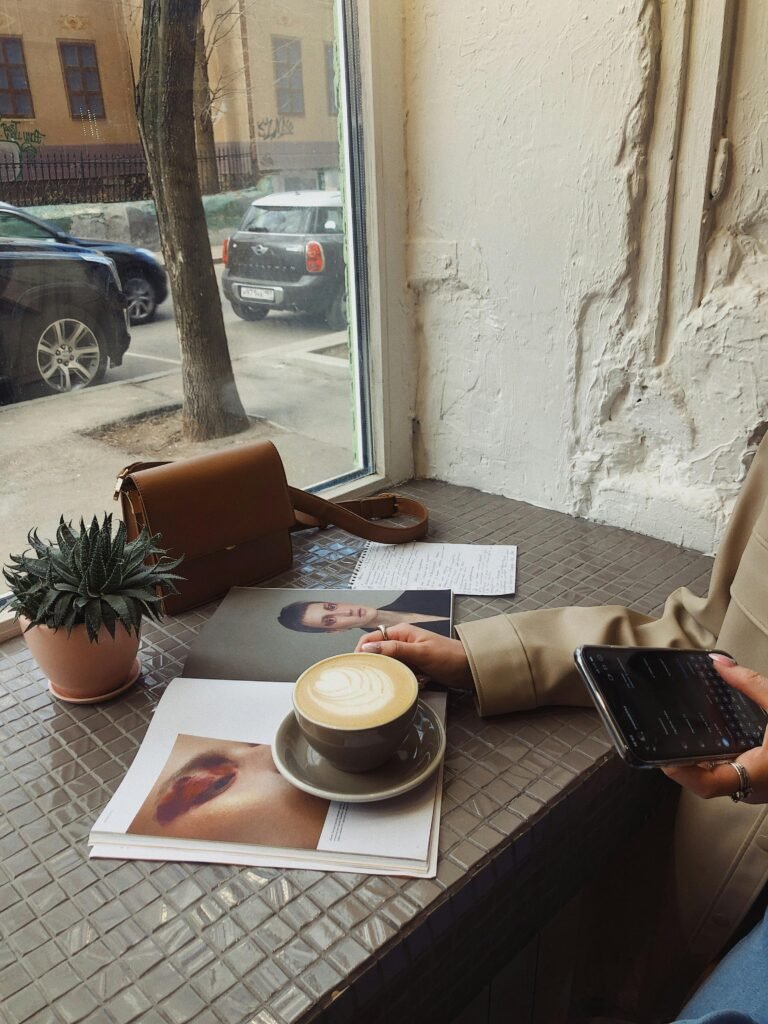
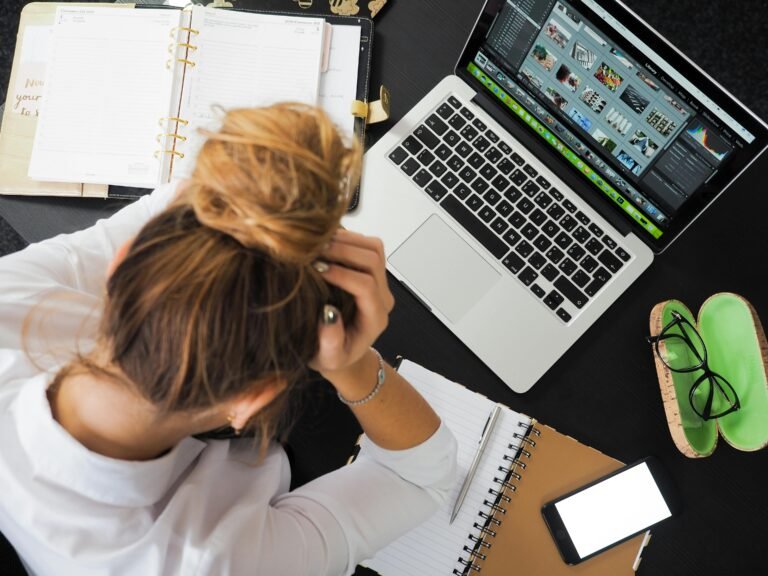
+ There are no comments
Add yours